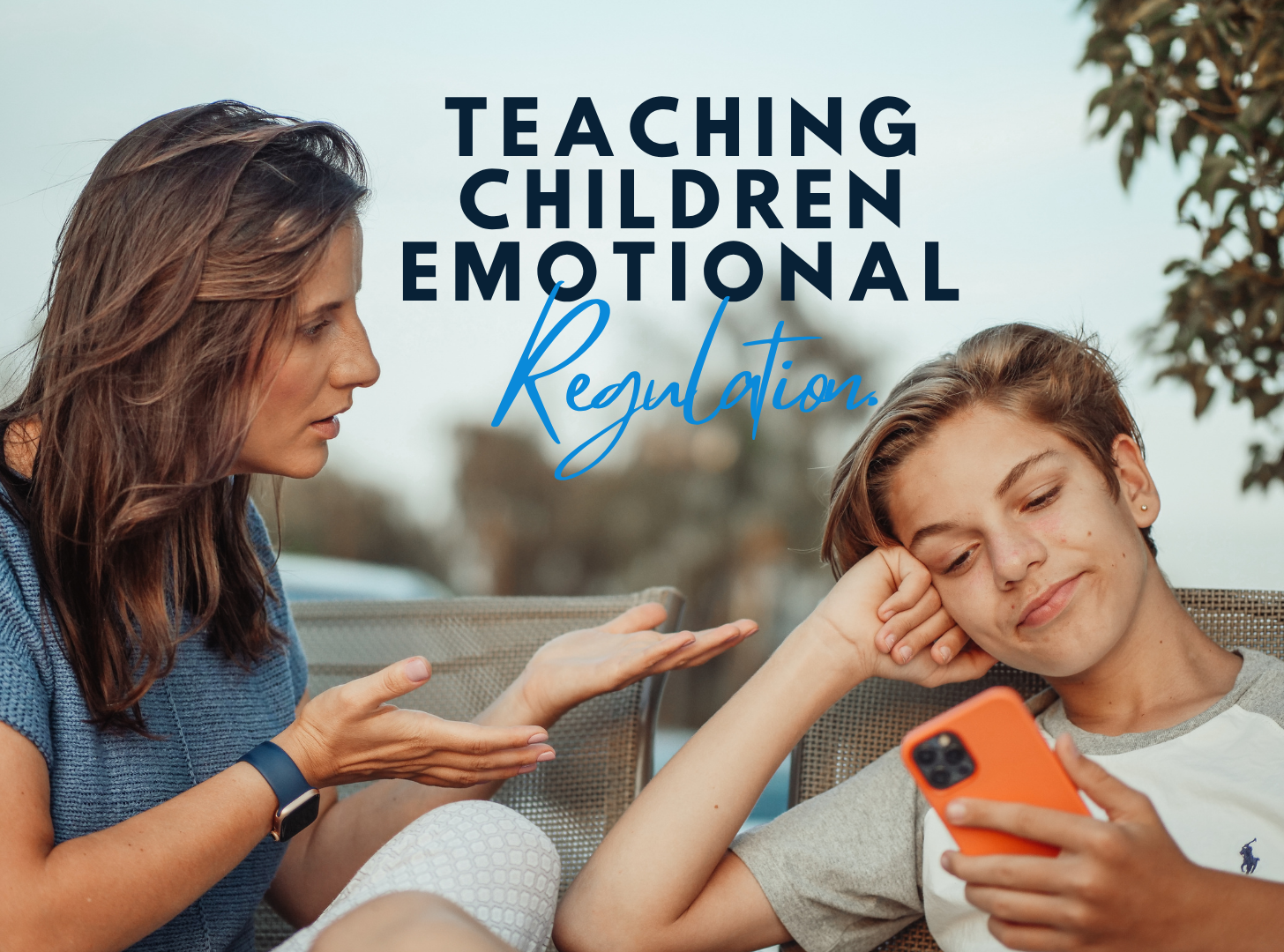
Teaching Children Emotional Regulation by Example
Emotional regulation is a crucial life skill that helps children navigate their emotions and respond appropriately to various situations.
It’s an essential part of their development, affecting everything from relationships to academic success. As parents and caregivers, we play a pivotal role in teaching emotional regulation, and one of the most effective ways to do so is by modeling this behavior ourselves. This article explores how teaching emotional regulation by example benefits children, drawing insights from Parenting Reimagined.
1. What is Emotional Regulation?
Emotional regulation refers to the ability to manage one’s emotions, thoughts, and behaviors in different situations. This includes recognizing emotions, controlling reactions, and using strategies to calm down when necessary. Emotional regulation is not about suppressing emotions but learning how to express them in a healthy, constructive way. Children need to develop this skill to handle stress, frustration, and social interactions effectively. When children learn emotional regulation, they are better equipped to make thoughtful decisions and relate to others with empathy.
2. Why Modeling Emotional Regulation Matters
Children learn by observing their parents and caregivers. When parents model emotional regulation, they set the stage for their children to learn and practice these behaviors. Children observe how their parents react to various situations, whether it’s a stressful workday or a family disagreement. If parents remain calm, use self-regulation techniques like deep breathing, and express frustration in a composed manner, children are more likely to adopt these same strategies in their emotional responses. Parenting Reimagined emphasizes that the way parents manage their own emotions is a key teaching tool.
3. Practical Strategies for Teaching Emotional Regulation by Example
As a parent or caregiver, it is essential to recognize your emotional triggers and be proactive in managing your reactions. Here are some strategies to teach emotional regulation by example:
- Recognize Early Warning Signs: Pay attention to signs of stress, such as a racing heart or tense muscles. When these signs appear, use a self-soothing technique like deep breathing to stay calm. This not only helps you manage your emotions but also teaches your child that emotional regulation is an active process.
- Use Co-Regulation: When children are upset, your calm presence can help them regulate their emotions. By calming your own emotions and providing comfort, you help your child feel safe. Experts explain that co-regulation is an essential tool for helping children regain control during stressful moments.
- Be Transparent About Your Emotions: Let your children know when you’re feeling frustrated and show them that it’s okay to express emotions. For instance, you could say, “I’m feeling frustrated right now, so I’m going to take a moment to breathe.” This teaches your child that it’s not only acceptable to feel emotions but also to manage them.
4. Building Emotional Regulation Skills in Children
Like any skill, emotional regulation requires practice. Here are some ways to help children develop this vital skill:
- Scaffold Their Behavior: Break down challenging tasks into manageable steps. For instance, if your child struggles with transitions, practice smaller transitions first to build their confidence. This gradual approach helps children develop emotional resilience over time.
- Practice Mindfulness and Relaxation: Incorporating mindfulness techniques, such as deep breathing and visualization, can help children calm themselves when they feel overwhelmed. Regular practice of these techniques helps children learn to manage their emotions in a healthy way.
- Praise Positive Emotional Responses: Reinforce your child’s emotional regulation by praising them when they handle a difficult situation calmly. Positive reinforcement encourages them to continue using healthy strategies to manage their emotions.
5. Creating a Supportive Environment for Emotional Regulation
Creating a supportive environment is essential for teaching emotional regulation. It includes having designated areas in the home where children can go to calm down when they feel overwhelmed. By providing this space, children can learn to take time for self-regulation, just as adults do.
Additionally, fostering a secure, trusting relationship with your child is key. When children feel safe and supported, they are more likely to express their emotions openly and learn how to manage them. Parenting Reimagined suggests that a strong parent-child relationship is the foundation for emotional growth.
Conclusion
Teaching children emotional regulation by example is one of the most effective ways to help them develop this vital life skill. By recognizing our own emotional responses and using techniques like co-regulation, mindfulness, and positive reinforcement, we can create an environment where children feel supported and learn to manage their emotions constructively. The insights from Parenting Reimagined provide valuable tools for parents to guide their children in developing emotional resilience.
By modeling emotional regulation, parents not only teach their children how to handle their emotions but also equip them with the skills they need to succeed in life—emotionally, socially, and academically.
Be the First to Know
Sign up for exclusive sneak peeks, ARC opportunities, reader discounts, and behind-the-scenes updates on upcoming releases.

